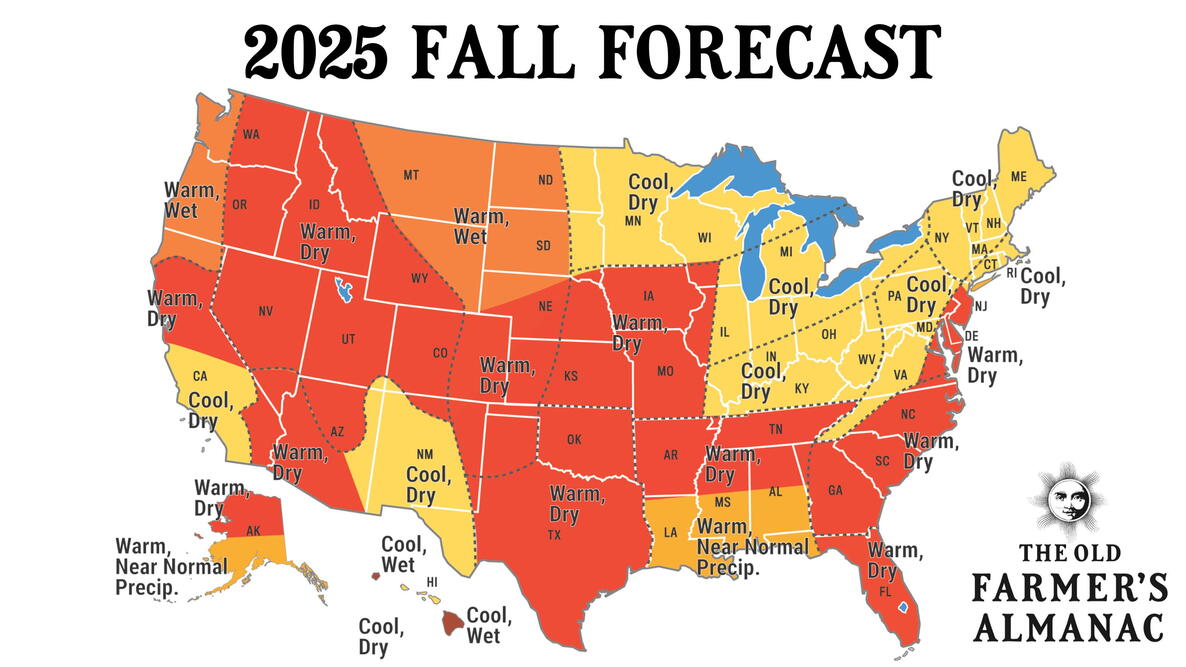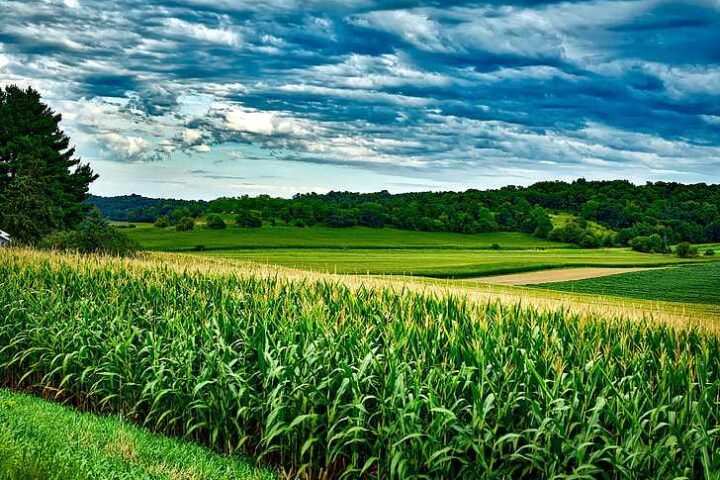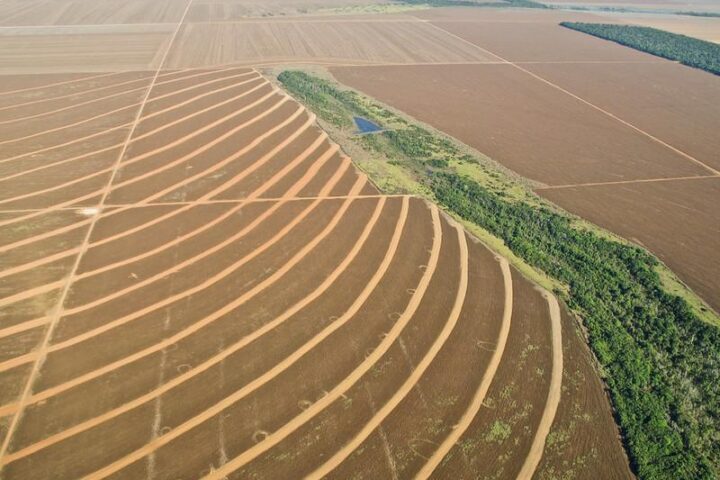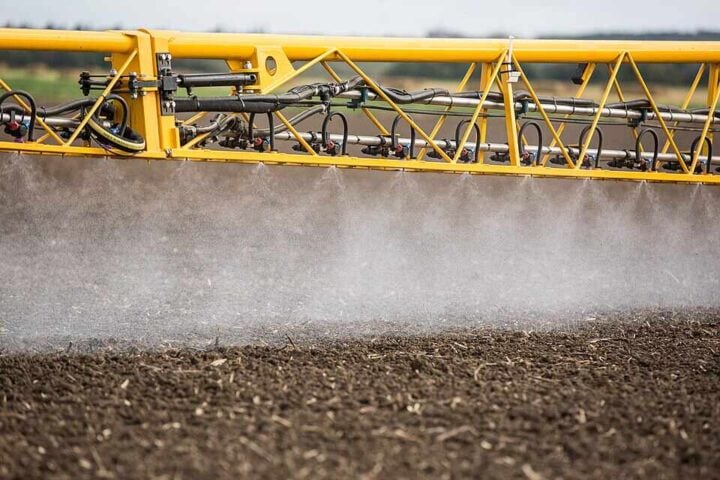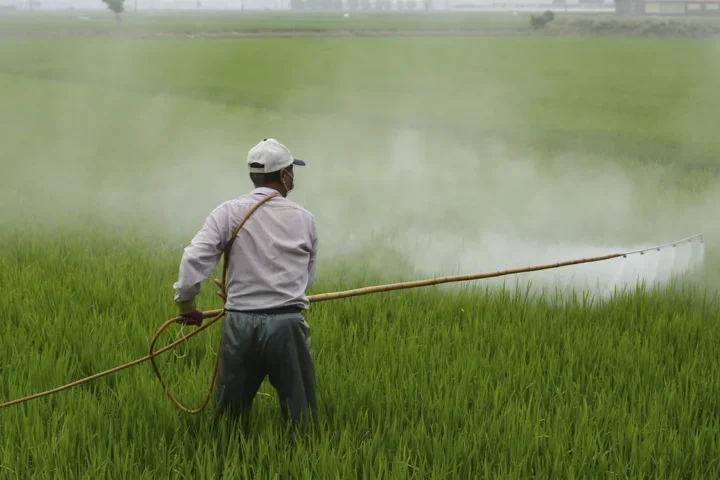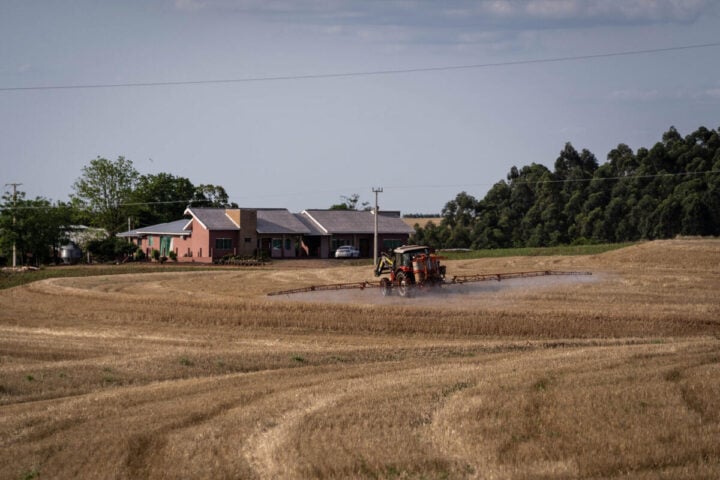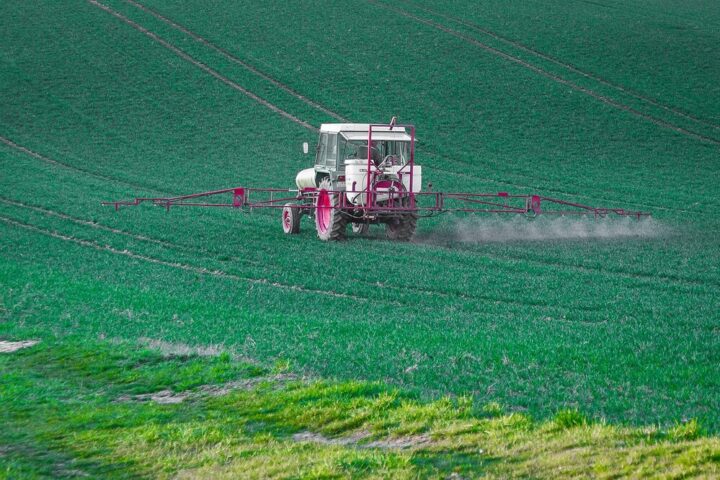With ‘feels-like’ temperatures topping 100°F for nearly 100 million Americans this summer, many are asking whether fall will finally bring relief from summer’s scorching embrace. The answer depends on which forecast you trust – the centuries-old Farmer’s Almanac or modern meteorological models.
The venerable Old Farmer’s Almanac, released in mid-July, suggests a warmer-than-normal autumn for most regions. The publication, which has been forecasting weather since 1792, relies on a secret formula that includes solar cycles, climatology, and weather patterns.
“The Old Farmer’s Almanac is predicting a warmer-than-normal autumn this year!” the Almanac states. For the Ohio Valley specifically, September averages will hover near 68°F with about 2 inches of rainfall, while October cools to approximately 56°F with similar precipitation.
The Almanac further notes that the Upper Midwest might see “some early snow in the north” during October, while the Northeast can expect cool and dry conditions leading to vibrant foliage.
The National Weather Service and NOAA’s Climate Prediction Center take a more data-driven approach. Their seasonal outlook maps, generated from complex atmospheric models, also favor above-normal temperatures for much of the continental U.S. through October.
However, precipitation patterns show more regional variation than the Almanac suggests. The official maps indicate below-normal precipitation from Colorado through the Plains states, with wetter-than-average conditions more likely in the Ohio Valley region.
The disparities between forecasts stem from fundamentally different methodologies. While the Almanac relies heavily on historical patterns and solar activity, the NWS incorporates satellite data, ocean temperatures, and atmospheric physics into computer models.
A significant factor in this year’s forecast: ENSO conditions. The Climate Prediction Center reports ENSO-neutral conditions are most likely through August-October 2025 (56% chance), with La Niña probabilities increasing later in the season. These ENSO patterns help explain the precipitation outlook showing drier conditions in the southern Plains and potentially wetter conditions in the northern tier.
With below-normal precipitation favored in the Dakotas and central Plains, agricultural concerns are mounting. Farmers in these regions should consider supplemental irrigation plans and drought-tolerant cover crops for fall planting.
The lingering warmth means home cooling needs may persist longer than usual into autumn. The Energy Information Administration’s Short-Term Energy Outlook projects record electricity consumption in 2025, suggesting homeowners should maintain efficient cooling systems through September.
According to Wikipedia, “The first freeze of the season on average occurs on October 24 at Midway and 11 days earlier at O’Hare.” Given current projections for warmth, frost dates might arrive several days later than historical averages.
For those planning New England trips, peak fall colors typically occur around mid-October. According to The Old Farmer’s Almanac, the “second and third week of October are the peak times” for fall foliage in many regions. The warmer pattern may affect timing, particularly if September brings modest rainfall.
Today’s warmer fall forecasts align with long-term trends. According to NOAA Climate.gov, the global temperature has risen “approximately 0.2°C (0.4°F) per decade since 1975,” affecting seasonal patterns including autumn. This continues a pattern of temperature anomalies that began earlier in the year.
For Midwesterners and Northeasterners, the message is clear: keep summer clothes accessible through September, but have layers ready for October’s variable temperatures. Umbrella necessity depends on region – Ohio Valley residents should keep them handy, while Plains dwellers might experience drier conditions.
Both the Almanac and NWS agree on one point: weather patterns remain dynamic. The projected mid-season shift – from early fall warmth to later cooling – means staying attuned to forecast updates becomes especially important this year.
As the autumnal equinox arrives (September 22, 2025, at 2:19 p.m. ET), remember that nature follows astronomical cues but with increasing variability. Whether you trust the farmer’s almanac wisdom or meteorological science, preparing for both possibilities remains the surest forecast of all.
